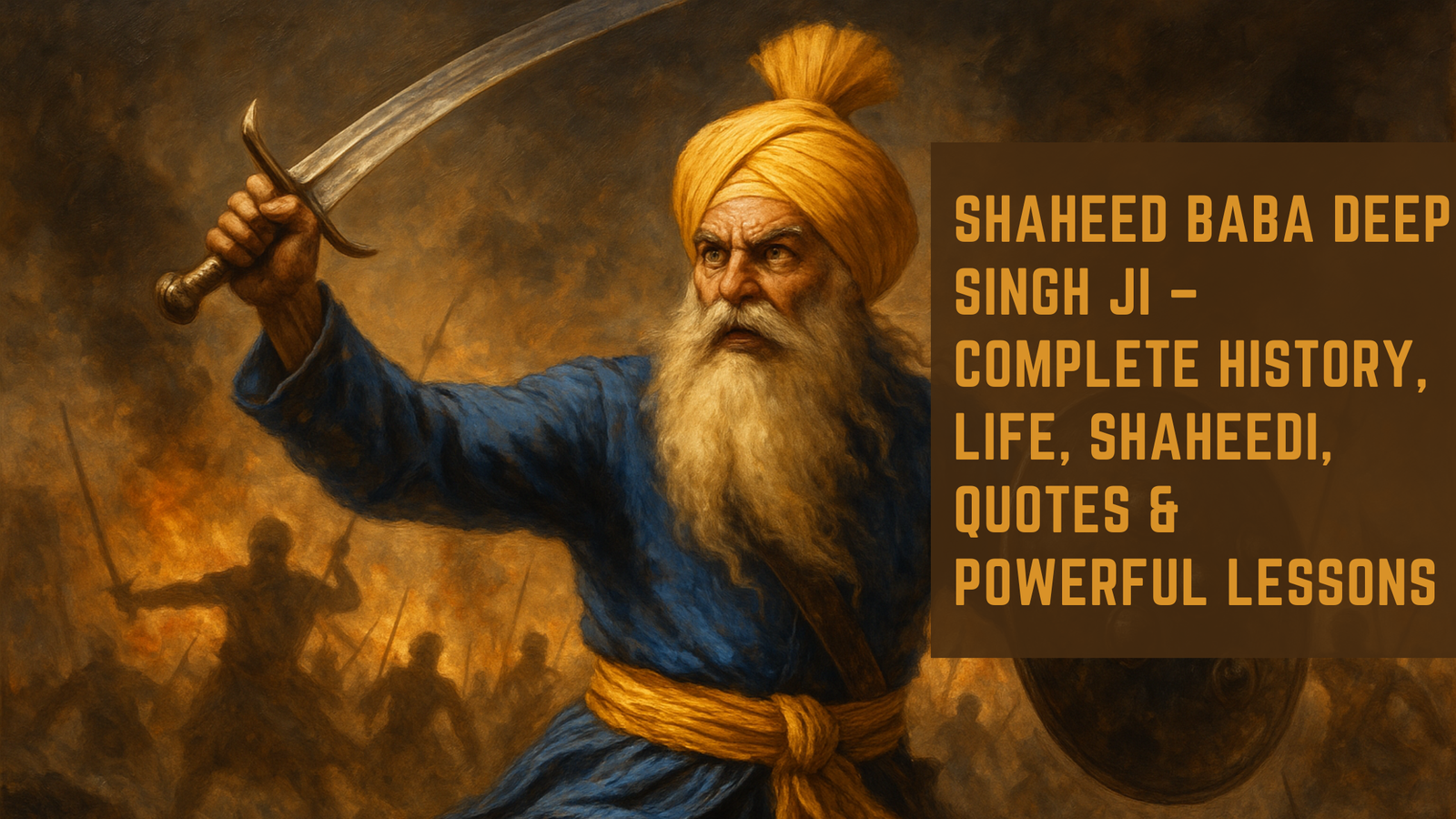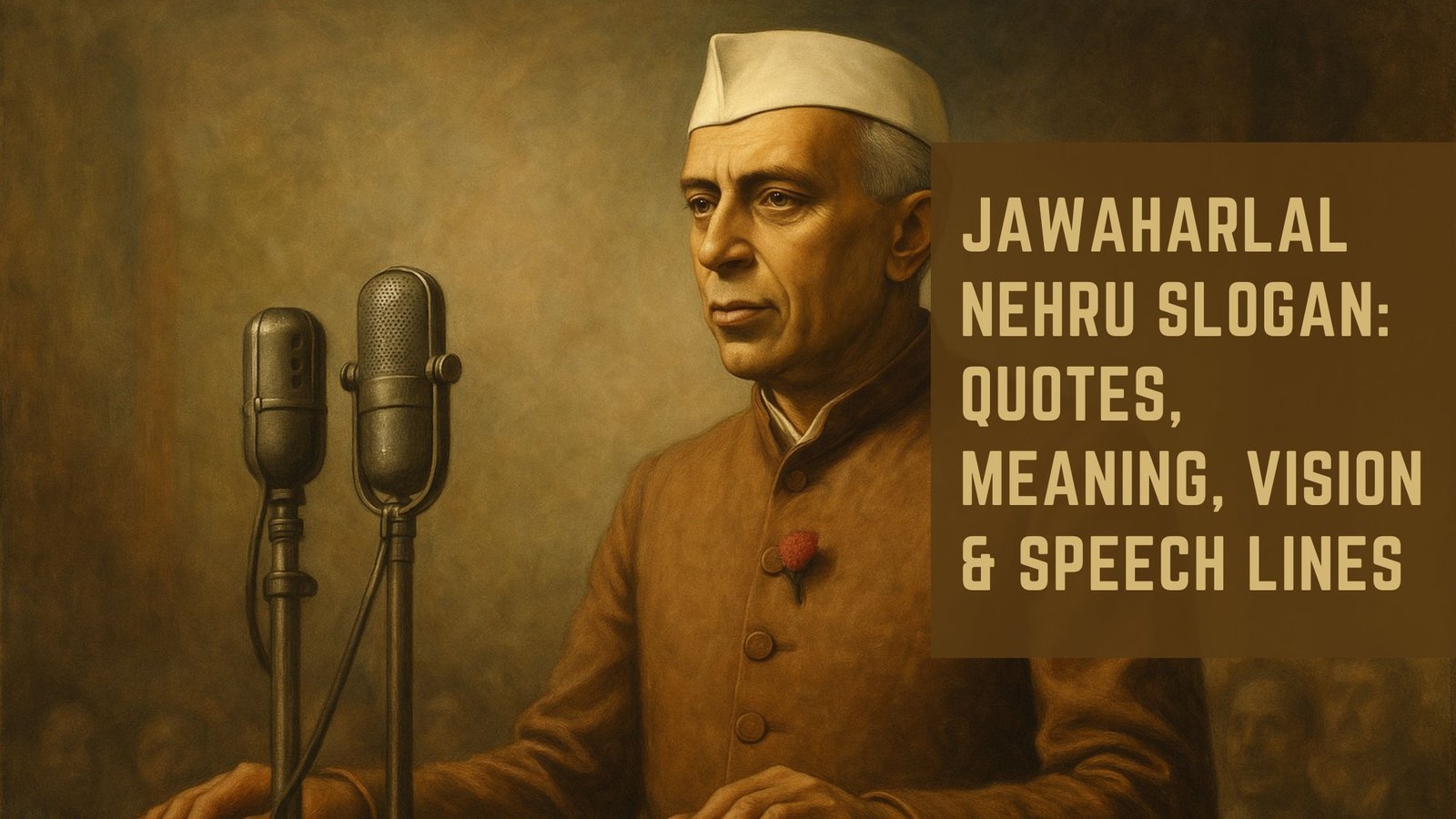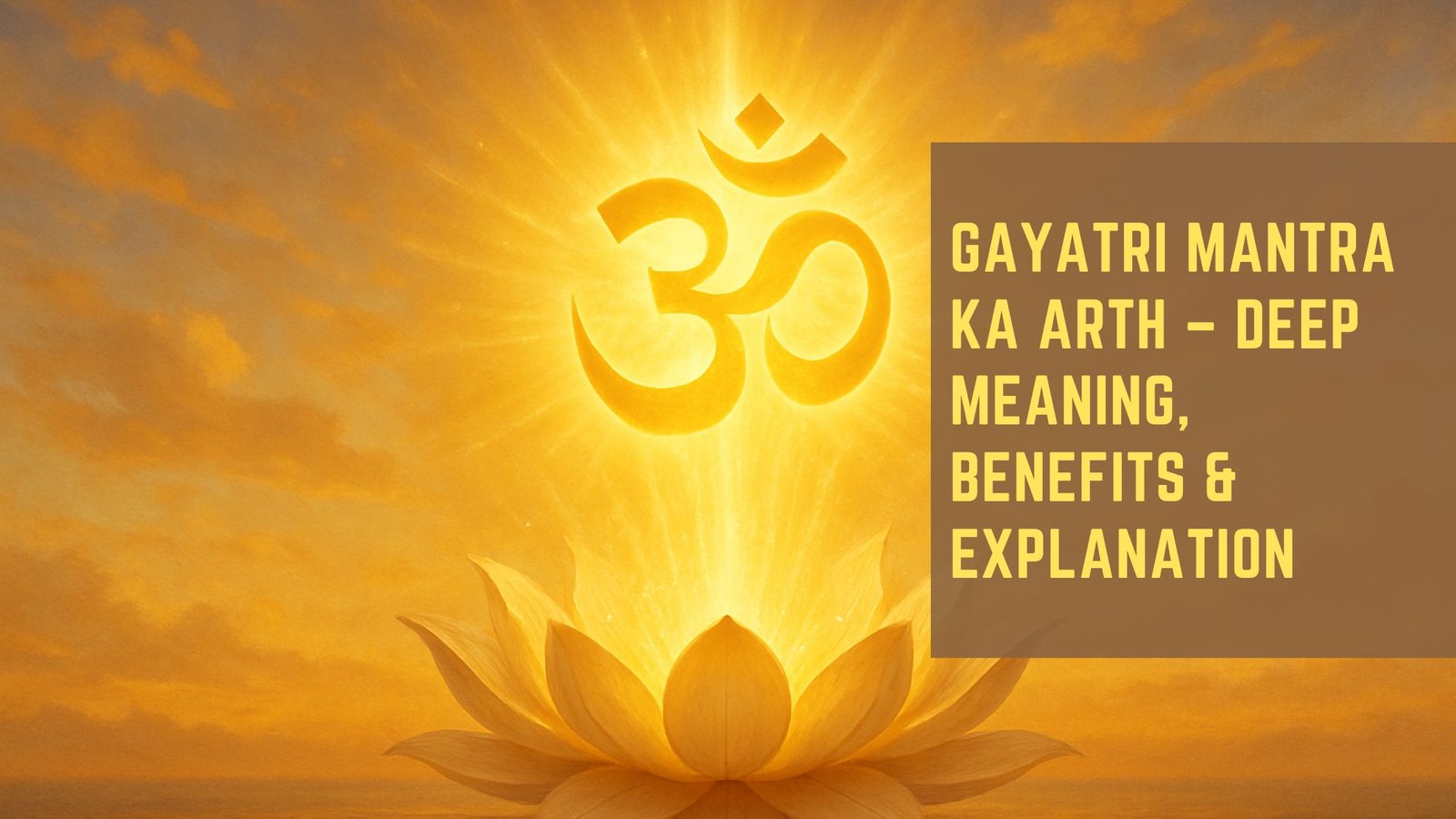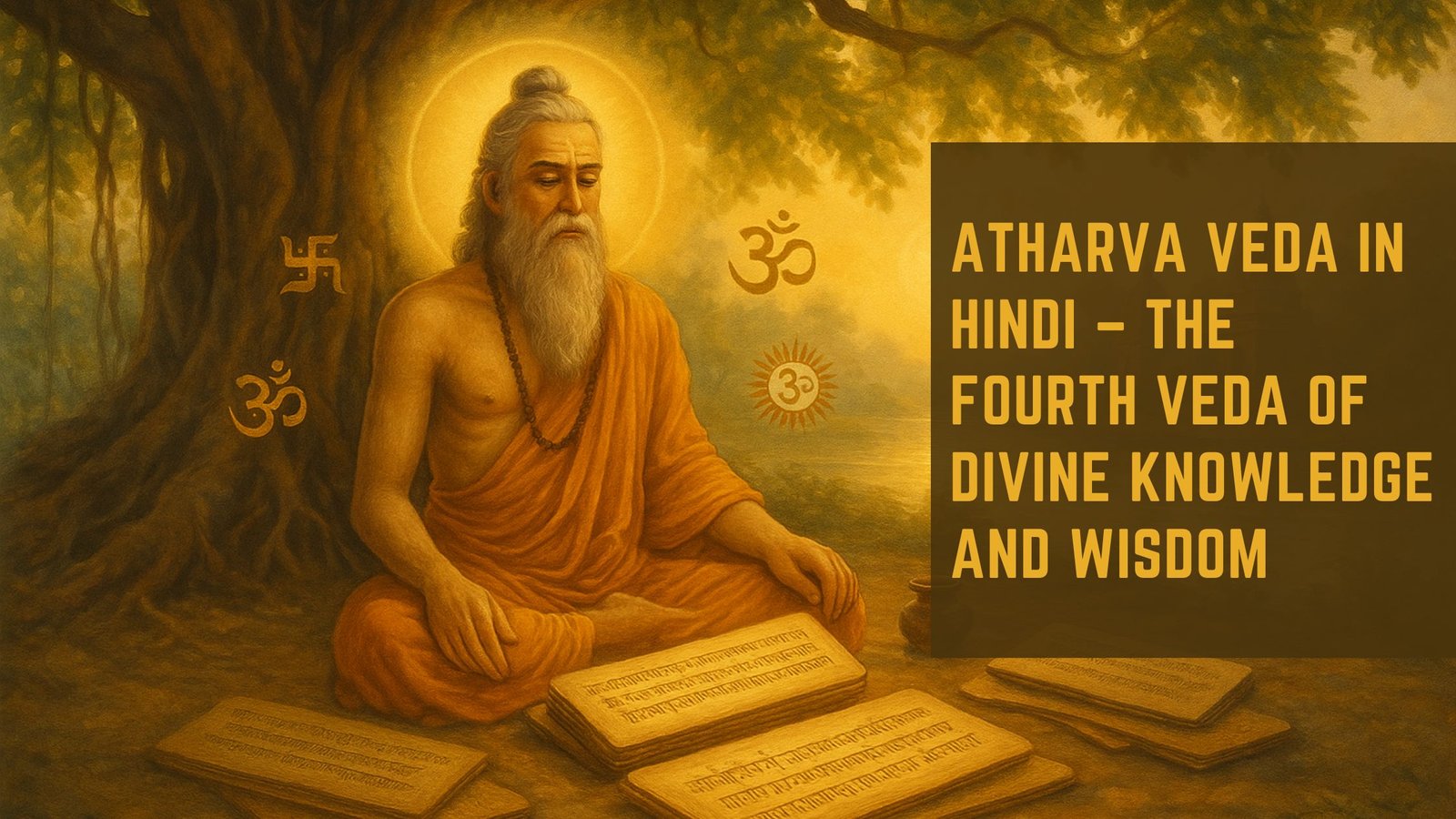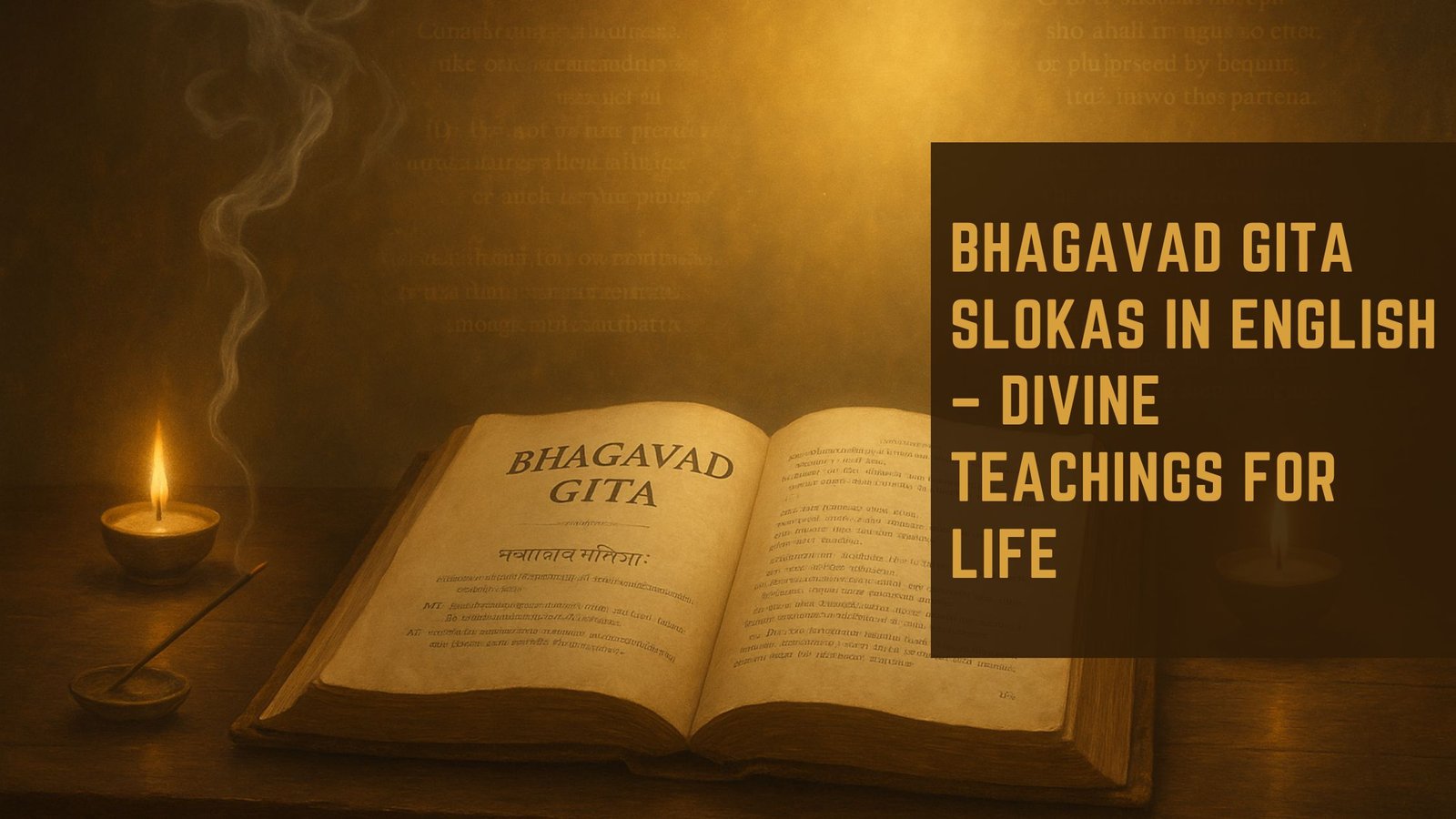The Bhagavad Gita, a revered text within Hindu philosophy, is a 700-verse dialogue that unfolds on the battlefield of Kurukshetra. It features a conversation between Prince Arjuna and Lord Krishna, who serves as his charioteer. This ancient scripture addresses profound questions about duty, righteousness, and the nature of reality.
It encapsulates the essence of dharma, or moral duty, and explores the paths of devotion, knowledge, and disciplined action. The Gita has transcended its historical context to become a universal guide for individuals seeking clarity in their lives and a deeper understanding of their purpose. In contrast, Ramana Maharshi, a 20th-century Indian sage, is celebrated for his teachings on self-inquiry and the nature of the self.
Born as Venkataraman Iyer in 1879 in Tamil Nadu, he experienced a profound spiritual awakening at the age of 16. This transformative event led him to the sacred mountain of Arunachala, where he spent the rest of his life in deep meditation and contemplation. Ramana’s teachings emphasize the importance of self-realization and the quest for inner truth, making him a pivotal figure in modern spirituality.
His approach resonates with seekers from various backgrounds, offering a path to understanding the self that complements the philosophical insights found in the Bhagavad Gita.
Key Takeaways
- The Bhagavad Gita is a sacred Hindu scripture that addresses the moral and spiritual dilemmas faced by Arjuna, while Ramana Maharshi was a renowned Indian sage known for his teachings on self-inquiry and self-realization.
- The Bhagavad Gita teaches the importance of fulfilling one’s duty (dharma) without attachment to the results, while Ramana Maharshi emphasized the practice of self-inquiry to realize one’s true nature.
- Ramana Maharshi’s spiritual journey began with a profound experience of self-realization at the age of 16, leading him to renounce worldly pursuits and seek enlightenment through meditation and self-inquiry.
- While the Bhagavad Gita focuses on the path of selfless action and devotion (karma yoga and bhakti yoga), Ramana Maharshi’s teachings emphasize the direct path of self-realization through self-inquiry and surrender to the divine.
- The teachings of the Bhagavad Gita and Ramana Maharshi remain relevant in modern times, offering guidance on how to navigate life’s challenges, cultivate inner peace, and realize one’s true nature beyond the ego.
The Teachings of the Bhagavad Gita
The Bhagavad Gita presents a multifaceted exploration of life’s dilemmas and moral complexities. One of its central themes is the concept of dharma, which refers to an individual’s duty in accordance with their role in society. Arjuna’s initial reluctance to engage in battle against his own kin serves as a metaphor for the internal conflicts that individuals face when confronted with difficult choices.
Krishna’s guidance emphasizes that one must act according to their dharma without attachment to the fruits of their actions. This principle encourages individuals to perform their duties with dedication while remaining detached from outcomes, fostering a sense of equanimity. Moreover, the Gita introduces various paths to spiritual realization, including Karma Yoga (the yoga of action), Bhakti Yoga (the yoga of devotion), and Jnana Yoga (the yoga of knowledge).
Each path offers unique insights into how one can cultivate a deeper connection with the divine and achieve self-realization. Through Karma Yoga, individuals learn to engage in selfless action, while Bhakti Yoga emphasizes devotion and surrender to God. Jnana Yoga, on the other hand, focuses on the pursuit of knowledge and wisdom as a means to understand the true nature of reality.
Collectively, these teachings provide a comprehensive framework for navigating life’s challenges while fostering spiritual growth.
Ramana Maharshi’s Spiritual Journey

Ramana Maharshi’s spiritual journey is marked by an extraordinary transformation that began in his teenage years. At just 16 years old, he experienced a sudden and intense realization of his own mortality, which prompted him to question the nature of existence. This pivotal moment led him to abandon his worldly life and seek refuge at Arunachala, where he immersed himself in meditation and self-inquiry.
His profound experiences on this sacred mountain shaped his understanding of the self and laid the foundation for his teachings. As he delved deeper into meditation, Ramana Maharshi discovered that the essence of one’s being transcends physical existence. He articulated this realization through the practice of self-inquiry, urging seekers to ask themselves, “Who am I?” This question serves as a powerful tool for introspection, guiding individuals toward an understanding of their true nature beyond the ego and mind.
Ramana’s teachings emphasize that self-realization is not an abstract concept but an attainable state of being that can be realized through persistent inquiry and surrender to the inner self. For more information on Ramana Maharshi’s teachings and spiritual journey, you can visit the official website of Ramana Maharshi.
Comparing the Philosophies of the Bhagavad Gita and Ramana Maharshi
| Aspect | Bhagavad Gita | Ramana Maharshi |
|---|---|---|
| Teaching | Emphasizes the path of selfless action (Karma Yoga), devotion (Bhakti Yoga), and knowledge (Jnana Yoga). | Teaches self-inquiry (Atma Vichara) as the primary means to attain self-realization. |
| Goal | Attainment of liberation (Moksha) through fulfilling one’s duty without attachment to the results. | Realization of the true self (Atman) and transcending the ego to experience the ultimate reality (Brahman). |
| Concept of God | Emphasizes devotion to a personal God (Krishna) and the concept of divine incarnation. | Focuses on the non-dualistic nature of reality, where the self and the ultimate reality are one. |
| Approach | Provides a comprehensive framework for spiritual growth through various paths and practices. | Advocates direct self-inquiry and self-abidance as the most direct path to realization. |
While both the Bhagavad Gita and Ramana Maharshi’s teachings offer profound insights into spirituality, they approach the quest for truth from different angles. The Gita provides a structured framework for understanding one’s duties and responsibilities within the world, emphasizing action as a means to spiritual growth. It encourages individuals to engage with life actively while maintaining a sense of detachment from outcomes.
This perspective fosters a balanced approach to living, where one can fulfill their obligations without becoming ensnared by desires or fears. In contrast, Ramana Maharshi’s philosophy centers on introspection and self-inquiry as pathways to enlightenment.
While both approaches ultimately lead to self-realization, they cater to different temperaments and inclinations among seekers. The Gita appeals to those who find meaning in action and duty, while Ramana’s teachings resonate with those who are drawn to contemplative practices and inner exploration.
The Relevance of the Bhagavad Gita and Ramana Maharshi’s Teachings in Modern Times
In today’s fast-paced world, where individuals often grapple with stress, uncertainty, and existential questions, the teachings of both the Bhagavad Gita and Ramana Maharshi remain remarkably relevant. The Gita’s emphasis on performing one’s duty without attachment resonates with those navigating complex professional landscapes or personal relationships. It offers guidance on how to maintain focus and integrity amidst distractions while fostering resilience in the face of challenges.
Similarly, Ramana Maharshi’s teachings on self-inquiry provide a valuable tool for modern seekers who may feel overwhelmed by external pressures or societal expectations. In an age characterized by constant connectivity and information overload, his call to turn inward encourages individuals to cultivate mindfulness and self-awareness. By engaging in self-inquiry, people can develop a deeper understanding of their thoughts and emotions, leading to greater clarity and peace in their lives.
The Concept of Self-Realization in the Bhagavad Gita and Ramana Maharshi’s Teachings

Self-realization is a central theme in both the Bhagavad Gita and Ramana Maharshi’s teachings, albeit approached from different perspectives. In the Gita, self-realization is often linked to understanding one’s dharma and fulfilling one’s responsibilities with devotion and detachment. Krishna teaches Arjuna that true wisdom lies in recognizing one’s eternal nature beyond physical existence and realizing that all actions should be performed as an offering to the divine.
On the other hand, Ramana Maharshi emphasizes self-realization as an inward journey toward discovering one’s true essence. His method of self-inquiry invites seekers to peel away layers of identity constructed by societal conditioning and personal experiences. By persistently questioning “Who am I?” individuals can transcend their limited sense of self and experience unity with all existence.
Both approaches ultimately converge on the idea that self-realization leads to liberation from suffering and ignorance.
Practicing Spiritual Wisdom in Everyday Life
Integrating the teachings of the Bhagavad Gita and Ramana Maharshi into daily life can profoundly impact one’s spiritual journey. Practitioners can begin by applying the principles of Karma Yoga—performing actions with dedication while remaining unattached to results. This practice encourages individuals to engage fully in their responsibilities while cultivating a sense of inner peace that arises from surrendering outcomes to a higher power.
Incorporating self-inquiry into daily routines can also enhance spiritual growth. Individuals can set aside moments for reflection, asking themselves questions about their motivations, desires, and fears. This practice fosters greater self-awareness and helps individuals align their actions with their true values.
By blending these teachings into everyday life, seekers can create a harmonious balance between action and contemplation, leading to a more fulfilling spiritual experience.
Integrating the Teachings of the Bhagavad Gita and Ramana Maharshi
The teachings of the Bhagavad Gita and Ramana Maharshi offer complementary paths toward spiritual realization that can enrich an individual’s journey toward understanding themselves and their place in the universe. While the Gita provides practical guidance on navigating life’s complexities through duty and action, Ramana Maharshi invites seekers to explore their inner landscape through self-inquiry. Together, these philosophies create a holistic approach to spirituality that addresses both external responsibilities and internal exploration.
Incorporating these teachings into daily life allows individuals to cultivate a deeper sense of purpose while fostering inner peace and clarity. As modern seekers continue to grapple with existential questions amidst a rapidly changing world, the wisdom found in both the Bhagavad Gita and Ramana Maharshi’s teachings remains timeless and transformative. By embracing these insights, individuals can embark on a profound journey toward self-realization that transcends cultural boundaries and resonates with universal truths about existence.
If you are interested in delving deeper into the essence of the Bhagavad Gita and the teachings of Ramana Maharshi, you may find the article “Divine Conversations: God Talks with Arjuna in the Bhagavad Gita” on

